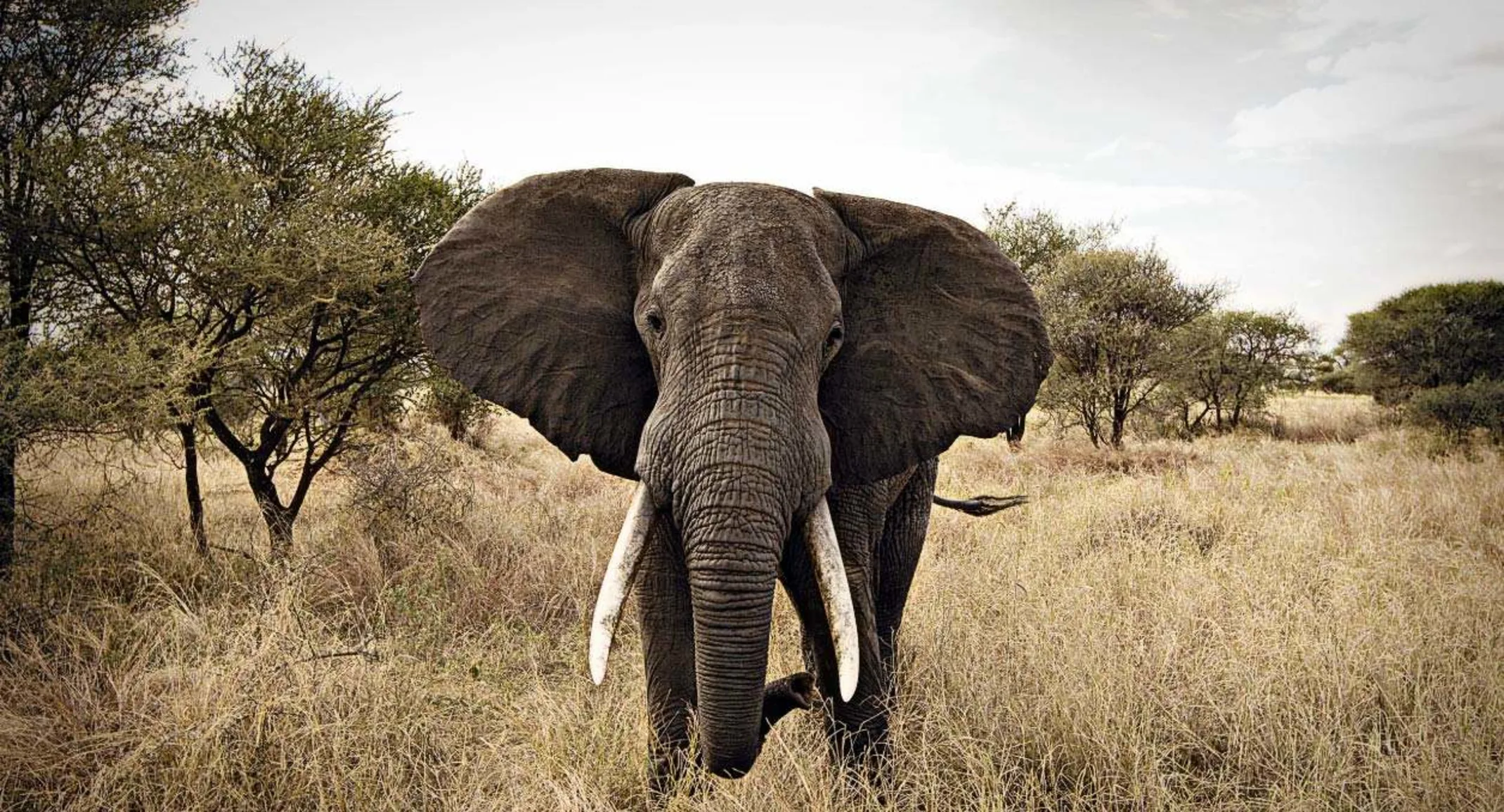Elephants
General

Elephants are the largest land mammals on earth and have distinctly massive bodies, large ears, and long trunks. Once common throughout Africa and Asia, elephant populations have experienced significant declines over the last century. The greatest threat to African elephants is poaching for the illegal ivory trade, while Asian elephant populations are most at risk from habitat loss.
The African elephant is the largest of all elephant species and weighs up to eight tons. Two genetically different African subspecies exist: the savanna and the forest elephant. The African forest elephant is critically endangered, and the African savanna elephant is endangered. The two species had previously been grouped together as a single species and were classified as vulnerable with an estimated total of 415,000. However, the number of African forest elephants has fallen by more than 86% over a 31-year period, while the population of savanna elephants dropped by more than 60% over a 50-year period
Asian elephants differ in several ways from their African relatives, with multiple distinct physical differences between them. Asian elephants are smaller than their African cousins, and their ears are smaller compared to the large fan-shaped ears of the African species. Only some male Asian elephants have tusks, while both male and female African elephants grow tusks. There are currently 20,000-25,000 Indian elephants left on Earth with their population decreasing more than 50% since the 1930s to 1940s.
Elephants are matriarch led, and organized into complex social structures of females and calves, while male elephants tend to live in isolation or in small bachelor groups. A single calf is born to a female once every four to five years and after a gestation period of 22 months—the longest of any mammal. Calves are cared for by the entire herd of related females.
Elephants as endangered animals is a statement that all of us need to take very seriously. They are enormous animals and one that many cultures hold in high regard. Yet the number of them in the wild continues to plummet at an alarming rate.
